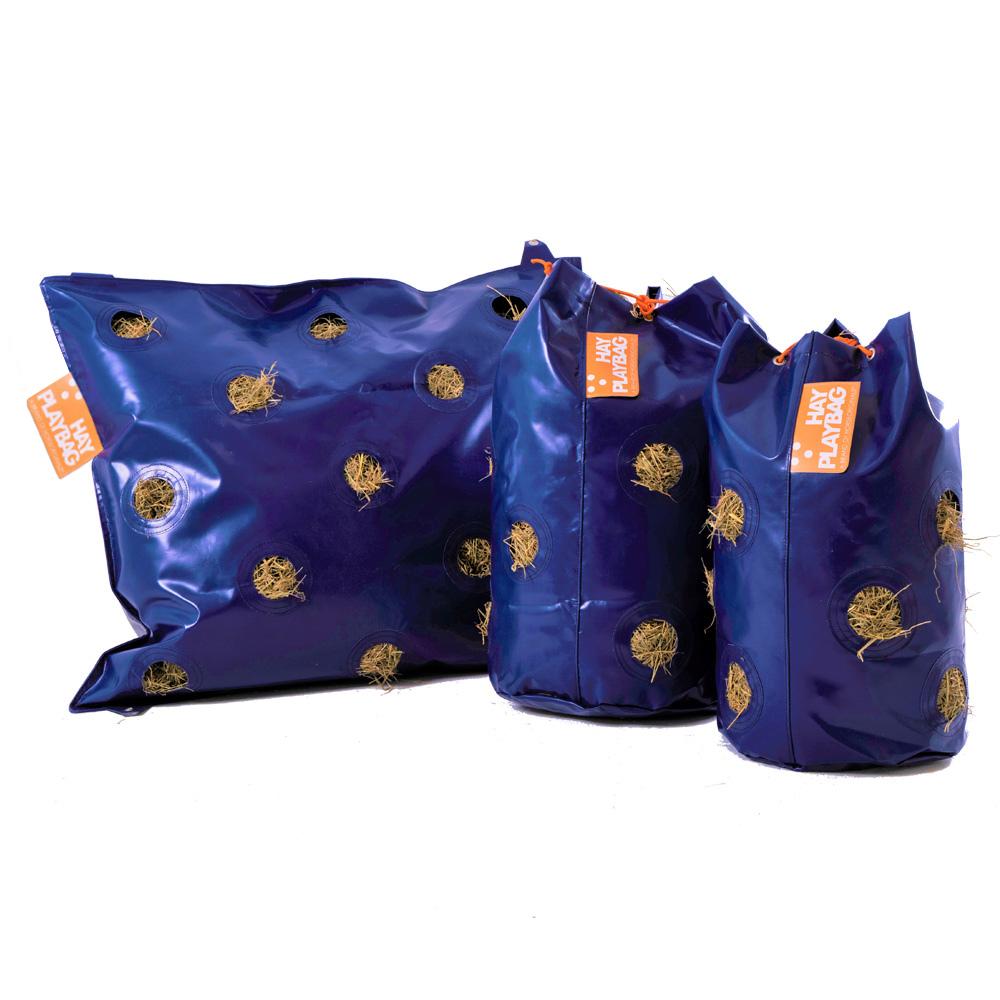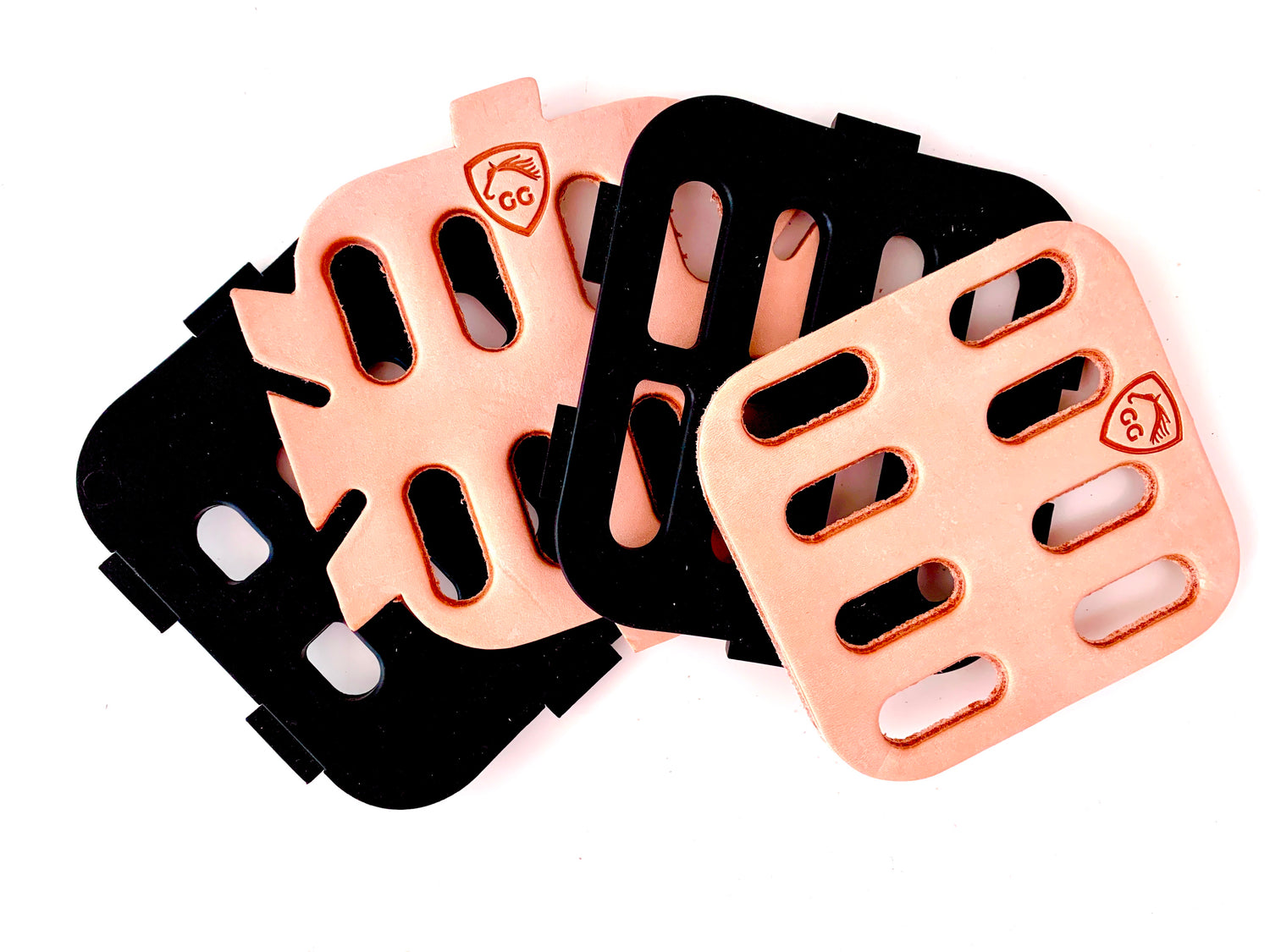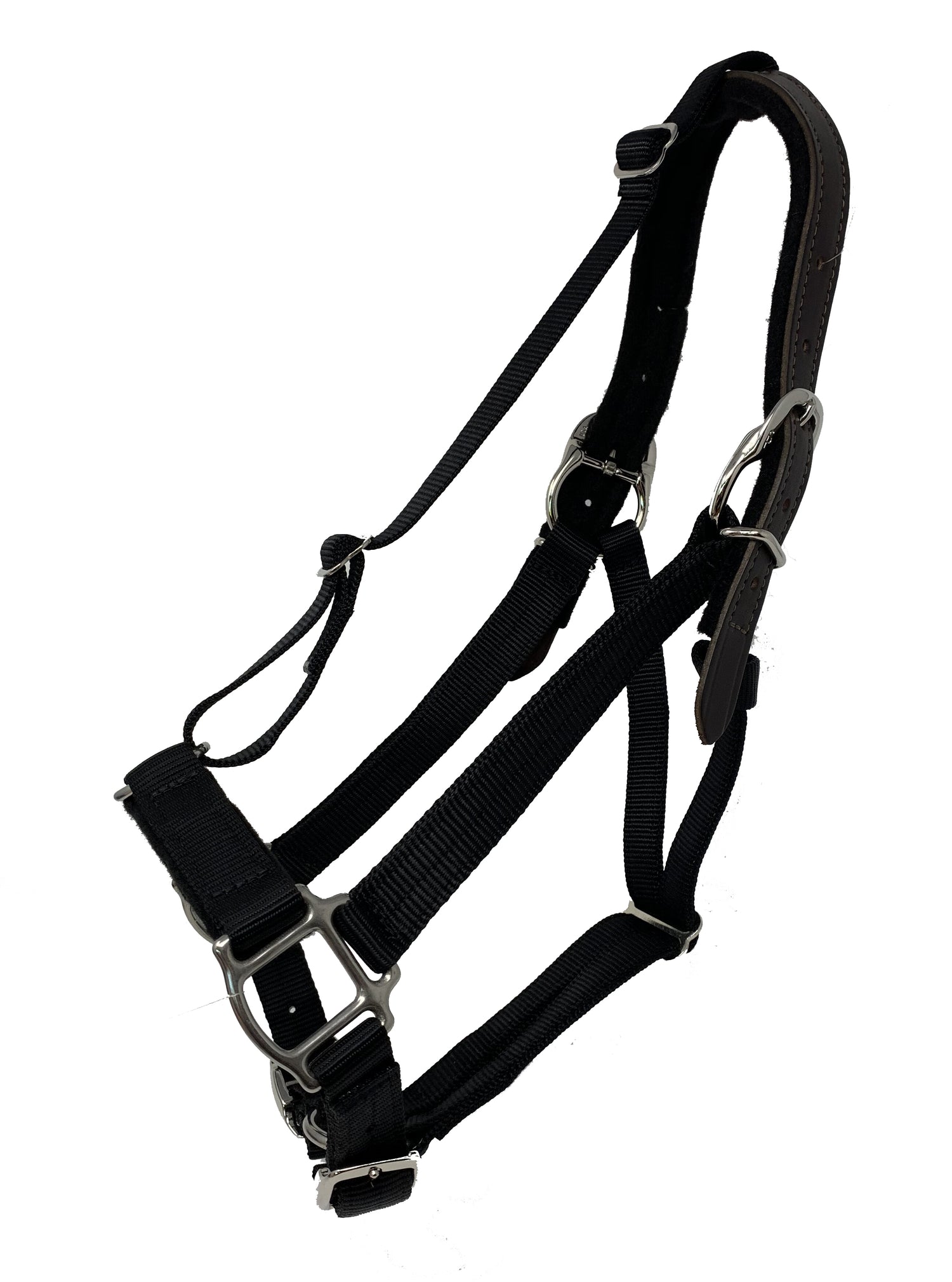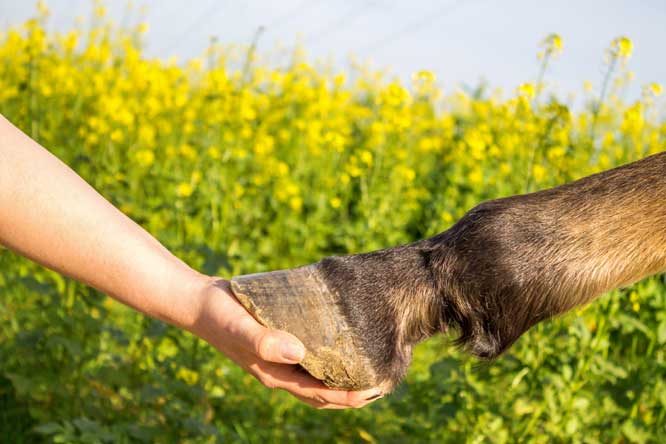Laminitis is a potentially fatal and debilitating medical condition affecting horses' hooves. It's long been associated with lush spring and fall pasture grass and overeating, such as when a horse escapes and finds themselves in the feed room. There are other causes of laminitis, although the subtle signs of clinical laminitis are sometimes hard to see.
Since laminitis can arise from any underlying causes, pinpointing and diagnosing the exact reason is challenging and essential, as the reason influences the treatment plan.

What happens during episodes of laminitis?
During a case of laminitis, the inflamed tissues create severe pain. In extreme cases, the soft tissue support structure fails, and the coffin bone (also called the pedal bone) will shift and drop within the hoof capsule. When the coffin bone sinks, it's called founder. Severe cases often end in compassionate euthanasia.
What causes inflammation inside the hoof?
One of its most insidious features is its unpredictability. While overindulging on lush, sweet spring grass is a notable trigger, a laminitic episode can strike a horse at any time of year. Most horses with laminitis have an underlying endocrine disease, such as equine metabolic syndrome (EMS) or pituitary pars intermedia dysfunction (PPID), formerly known as equine Cushing's disease. Metabolic disease interferes with insulting regulation, and we know that insulin is a triggering factor in the development of laminitis.
Other cases are caused by exercise and play on hard ground. Known as road founder, these cases can happen over time, as with a carriage horse that spends countless hours on the pavement or after a run around the farm on hard ground.
A horse with a severe injury to one leg may develop standing limb laminitis in the opposite limb, as they carry more weight while the injured leg heals. This process may take weeks or months to develop.
Other laminitis cases begin with fever, retained placenta, or a horse's whole-body response to a pathogen. The horse's inflammatory response affects their entire body, including their hooves.
This helpful articles has more about the causes of equine laminitis.
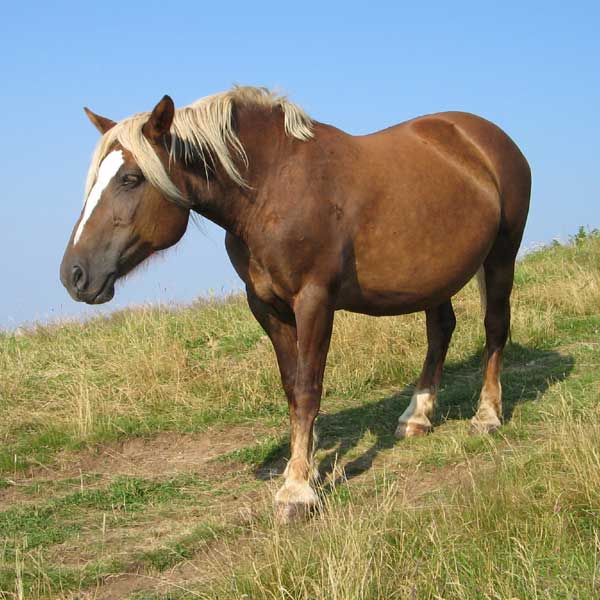
Equine laminitis episodes tend to occur 20-72 hours after a trigger event. Photo by D. Uzunov on Shutterstock.
How fast can laminitis happen, and what obvious signs will you see?
A laminitic episode generally occurs sometime between 20 and 72 hours after a trigger event like a fever or overeating that sets off an endocrine disorder and significantly increases insulin levels.
When your horse shows outward signs of hoof pain, there is damage inside the hoof. Horses in obvious distress may display these apparent signs:
- Difficulty turning
- Rocking back into a sawhorse stance is seen in only about 25% of cases.
- Heat in the hooves
- Colic
- Resting the limbs, including the front feet, more often or not at all.
The more subtle signs of laminitis
Get in the habit of taking your horse's digital pulse. Like placing a finger on a human wrist, take a horse's digital pulse near the fetlock joint toward the base of a horse's front leg. The easiest way to know if something is going wrong in the hoof area is to increase or quicken the digital pulse.
Most horses have a non-existent or barely perceptible pulse, but a horse with a hoof issue will have a much more noticeable digital pulse. You might hear "bounding" to describe a strong, tangible digital pulse. This often indicates that a horse is dealing with an episode of laminitis or some other hoof health emergency.
The inflammation inside the hoof constricts the blood vessels, making it harder for blood to move through the hoof, hence the bounding nature.
As the old saying goes, no news is good news regarding a digital pulse. Be sure to check all legs - including the hind feet!
Your horse's vital signs
An elevated resting heart rate in your horse is a noticeable symptom of laminitis. If your horse develops laminitis, their resting heart rate will typically be five or six beats per minute higher than usual, which should be between 28 and 40 beats per minute.
You can measure a horse's resting heart rate with a stethoscope or under the jaw across the mandibular artery.
Habitual and regular observation of a horse's hooves
Heat in the hoof is a less reliable indicator of danger in the hoof, but it can still be helpful if you make a habit of checking it regularly. This measurement is subjective and influenced by factors like your horse standing in the sun. However, as you become familiar with your horse's normal hoof temperature, you will be better equipped to detect unusual heat.
Additionally, learn to observe the growth rings on your horse's hooves. Typically hoof growth is more pronounced at the toe. In horses prone to laminitis, the growth shifts more towards the heel. A clear sign of abnormal hoof growth is the appearance of distorted rings on the hooves.
But, since rings appear after a laminitic episode, dietary change, or trauma, they are best used to gauge future likelihoods of another event.
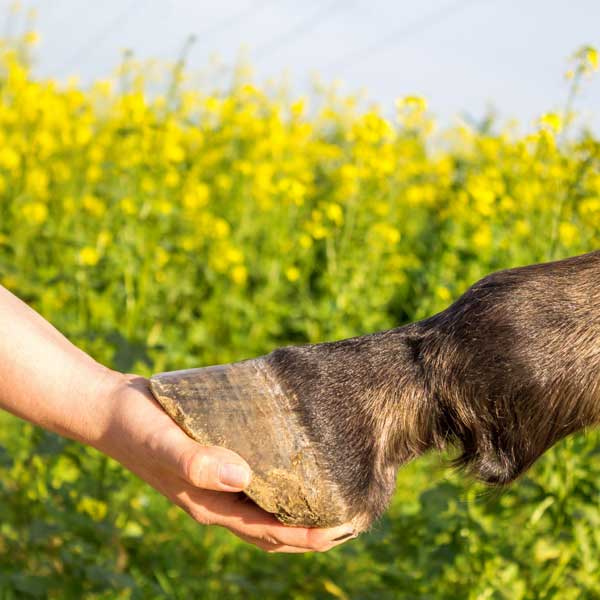
Become familiar with the contours of your horse's hooves. Photo by lamiafotografia on Shutterstock
. More signs of laminitis can you see
You and your farrier might start to notice changes in your horse's white line, the cream-colored area at the base of the foot where the sole and hoof wall meet. Bruising, blood stains, or separation in this area can indicate laminitis or another condition like seedy toe. The best time to spot these changes is when the hoof is freshly trimmed and rasped.
A horse's body language can be very telling. You might notice certain behaviors or changes in your horse's actions that could signal laminitis. Catching early signs of laminitis requires careful and regular observation of your horse's habits. Changes in posture and habits include:
- Your horse's stance and leg rest patterns can be informative. You might see your horse shifting weight more frequently from leg to leg or, conversely, firmly rooting itself and being unwilling to shift weight at all. You may also notice your horse resting for unusually long periods or at odd times of the day.
- How your horse turns in its stall or confined space can also indicate early laminitis. Reluctance to turn, taking tiny, cautious steps, and shifting weight to the hindquarters to turn can suggest pain in the front hooves.
- Even when walking in a straight line, subtle signs of laminitis may be present. The horse's forward strides might become shorter and choppier, and it might hesitate when moving across different types of ground. Transitioning from the soft ground or a matted stall to firmer ground or pavement can be stressful for a horse in the early stages of a laminitic episode.
Call your vet anytime you suspect colic or a hoof problem. Early intervention can prevent heartache and make your horse feel much better sooner.
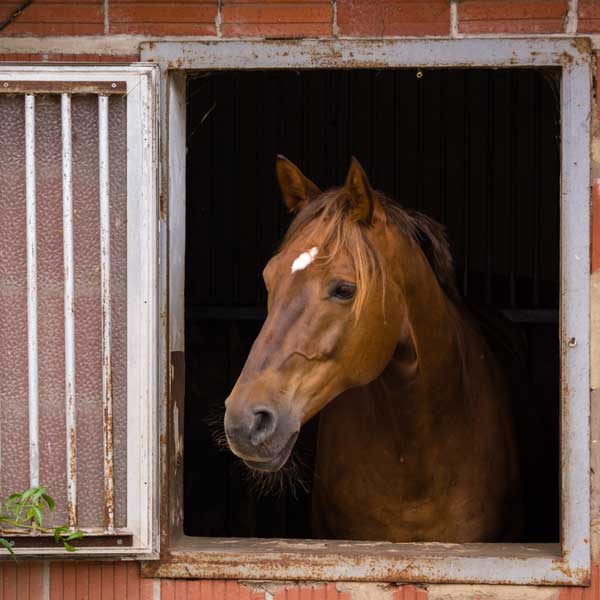
A horse that turns or rests awkwardly in his stall may be suffering from laminitis. Photo by Wadim Wall on Shutterstock.
Laminitis prone: is your horse at risk?
Knowing if your horse is laminitis-prone or at a higher risk for developing laminitis can be very helpful. Many circumstances are within your power to change, control, or at least manage. These include:
- Weight loss and management with slow feeders, grazing muzzles, and plenty of turnout and exercise. Excess weight is a major controllable factor. An overweight or obese horse puts more strain on their hooves. Their joints also have to work harder to support the excess weight. Over time, this can mechanically strain the hooves and laminae.
- Metabolic disorder screening to check for PPID, EMS, and insulin resistance. Metabolic disorders are more common in overweight horses. The horse becoming insulin resistant or metabolically compromised increases the risk of laminitis.
- Know your horse's history of or genetic predisposition toward laminitis - do they get foot soreness after pasture turnout? This might be a sign of sub-clinical chronic laminitis.
- Dietary changes to reduce sugars and starches that increase insulin
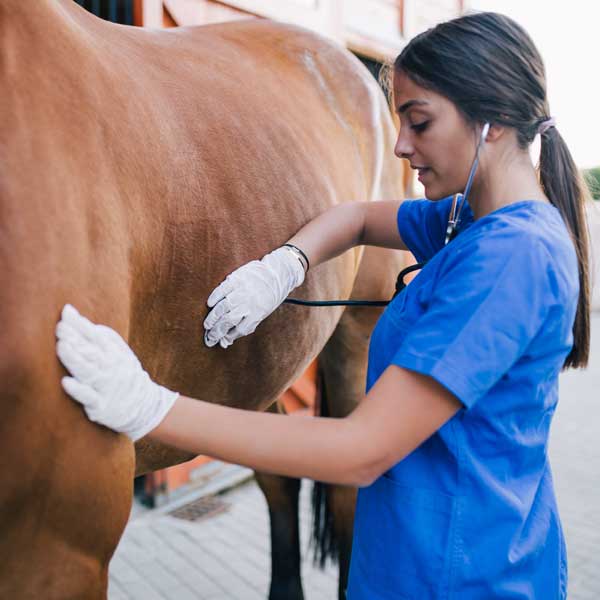
Your equine vet can run tests to discover metabolic disorders. Photo by Hedgehog94 on Shutterstock
Learning the early signs can help your horse recover and minimize pain
Once you spot a sign or symptom of laminitis or discover an increased digital pulse, your first call should be to your equine veterinarian. Don't wait a moment! Early intervention is critical. The sooner a diagnosis is made and a case confirmed, the sooner you, your vet, and your farrier can begin to map out a course of preventive care and treatment.
When looking into the early signs of laminitis, the ultimate goal is to provide pain relief and disrupt the inflammatory response to avoid foundering. If laminitis is allowed to play out, the consequences can be severe, costly, or even fatal.
Your veterinarian should always be your first call when you detect any sign of a hoof issue. You are your horse's first line of defense against needless suffering!






